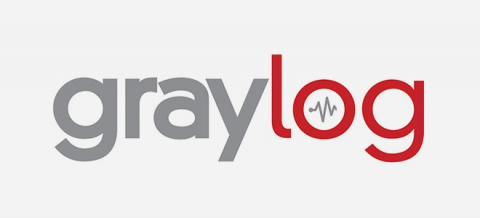Security intelligence analytics: Planning Increases ROI
It’s been a week. A long week. After the most recent Board of Directors meeting, your senior leadership tasked you with finding a security analytics solution. Over the last month, you’ve worked with leadership to develop some basic use cases to determine which solution meets your security and budget needs. You started your research, but everything on the market seems really overwhelming.








